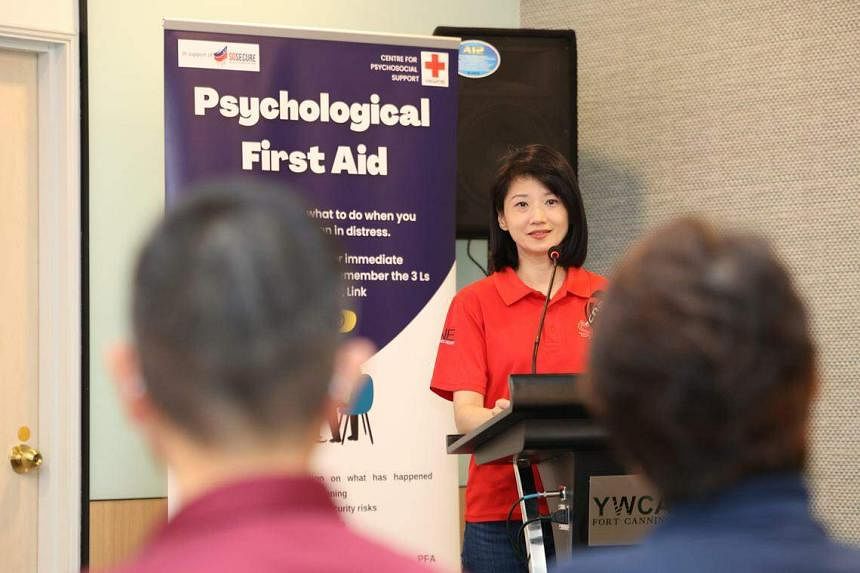Best path to fair living wage for global supply chain workers may take an indirect route new research suggests
Initiative by retailer H&M program achieves significant wage increase for factory workers
Peer-Reviewed PublicationToronto - Want to make a positive difference in the wage conditions of developing country factory workers churning out products for multinational firms?
Paying them more seems an obvious first step. But research looking at the experience of clothing retailer H&M Group suggests a less direct approach — by intervening at the management practice level — can empower workers and significantly raise wages in sustainable ways, multiplying the impact of the company’s investment many times over.
In 2013, following activist pressure for reform, H&M went to its suppliers and asked them to voluntarily implement two programs designed to raise workers’ pay. A workplace dialogue program promoted workers’ awareness of their rights and formal opportunities for communication between management and workers or their labour representatives.
A separate wage management system included the creation of clear and transparent pay grids aimed at fairly compensating workers based on their education, experience, skills and performance. H&M also implemented standardized systems to measure and track workers’ wages.
Across some 1800 factories in nine countries, almost all in Asia, wages went up an average of five percent by the third year of implementation. This represented about $44 U.S. per worker annually, compared to H&M’s investment in the initiative of $4.57 million – or $1.62 per worker.
“The easiest way to raise wages would have been to just give the money directly to be paid to the workers. But H&M took a long-term approach, where they’re implementing systems,” said Jee-Eun Shin, an assistant professor of accounting at the University of Toronto’s Rotman School of Management. She co-authored the research with Gregory Distelhorst, an associate professor at U of T’s Centre for Industrial Relations and Human Resources, who is also cross appointed to the Rotman School’s strategic management area.
While the wage increase was modest, “seeing a positive effect is already a huge step forward,” said Prof. Shin. “Given the risk, there’s a lot of incentive for suppliers not to be part of this.”
Suppliers who adopted the programs remained competitive on prices, yet also saw significant increases in their orders. While the researchers were unable to empirically verify how the suppliers were able to cover the increased wages – there was no significant change in overtime pay or cuts to a supplier’s workforce, for example -- their anecdotal evidence suggested that increased productivity was a major contributor.
Labour union presence in the adopting factories did not appear to significantly amplify the wage effects, the study found. Prof. Shin said this was not especially surprising given the limited power trade unions have in the regions studied.
The study also highlights how corporations’ social practices can be assessed, using standardized metrics, given that such sustainability measures have been harder to establish, compared to those for things like environmental or governance practices.
Prof. Shin credited H&M for being so entrepreneurial with its program, for working to establish appropriate metrics to measure the impact of its wage-related initiatives and for being open with its data.
“A collective approach is needed,” to improve conditions for workers, she said, “and corporations like big multi-nationals, if they really want to make a change, they have huge powers to do that.”
The study was published in the Journal of Accounting Research.
Bringing together high-impact faculty research and thought leadership on one searchable platform, the new Rotman Insights Hub offers articles, podcasts, opinions, books and videos representing the latest in management thinking and providing insights into the key issues facing business and society. Visit www.rotman.utoronto.ca/insightshub.
The Rotman School of Management is part of the University of Toronto, a global centre of research and teaching excellence at the heart of Canada’s commercial capital. Rotman is a catalyst for transformative learning, insights and public engagement, bringing together diverse views and initiatives around a defining purpose: to create value for business and society. For more information, visit www.rotman.utoronto.ca
-30-
JOURNAL
Journal of Accounting Research
METHOD OF RESEARCH
Experimental study
SUBJECT OF RESEARCH
People
ARTICLE TITLE
Assessing the Social Impact of Corporations: Evidence from Management Control Interventions in the Supply Chain to Increase Worker Wages
COI STATEMENT
This research was conducted under a research agreement between H&M Group andthe University of Toronto. Neither the university nor the authors received any funding from H&M Group connected to this research.










